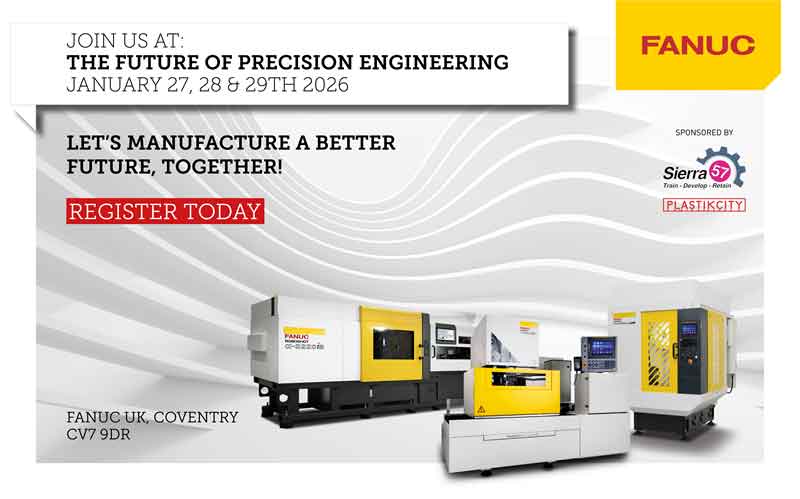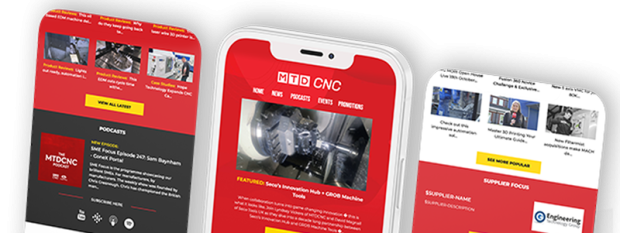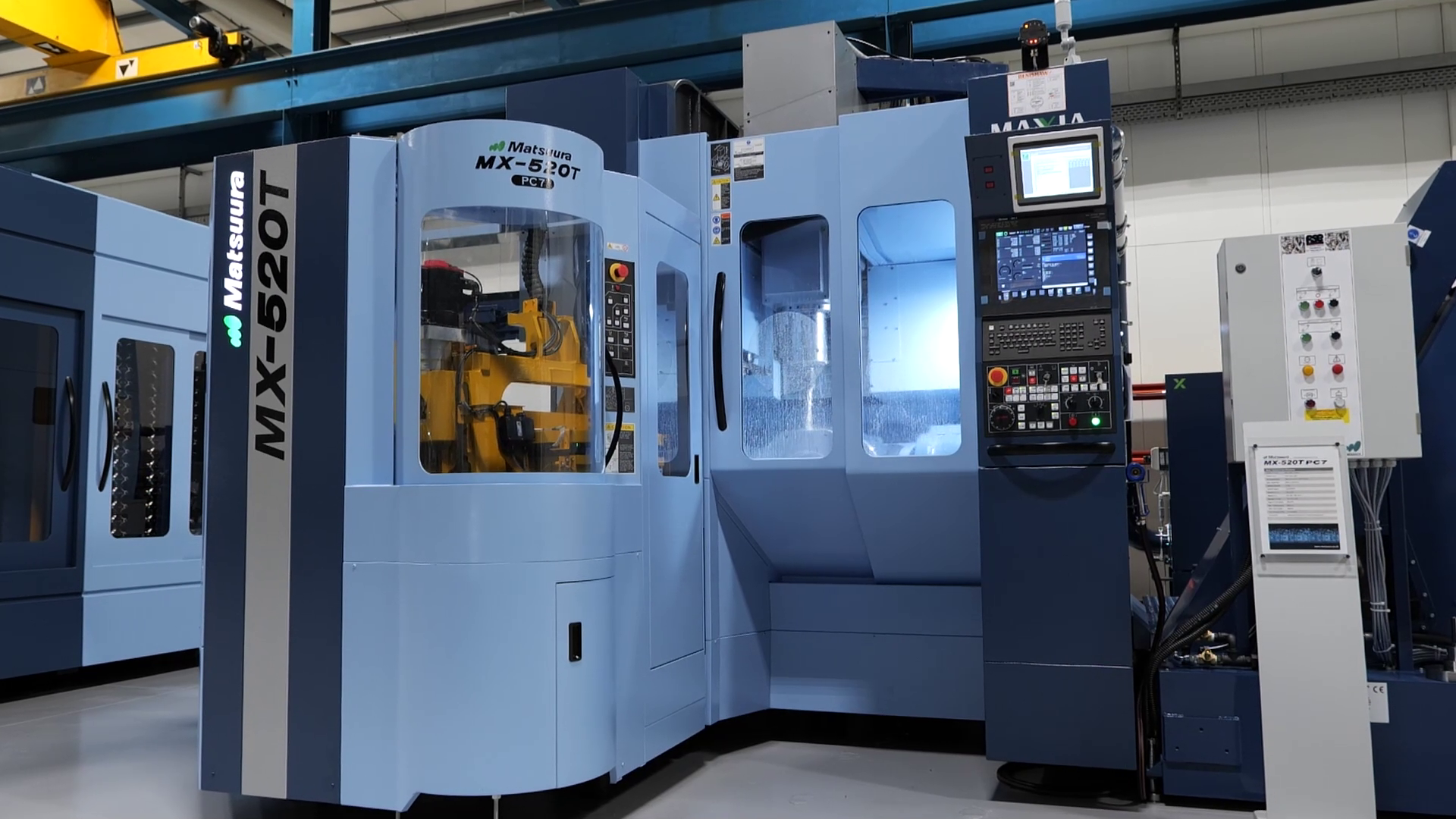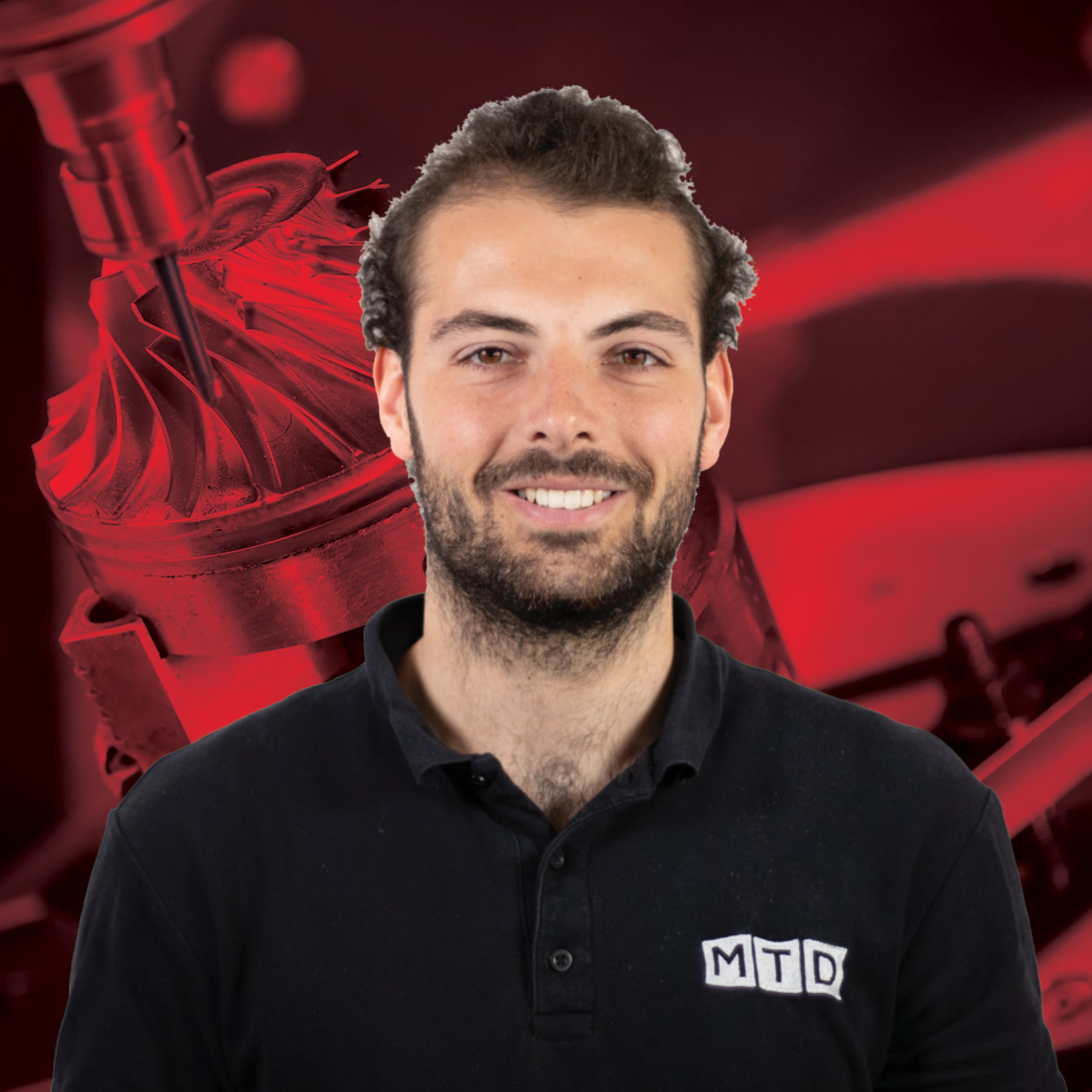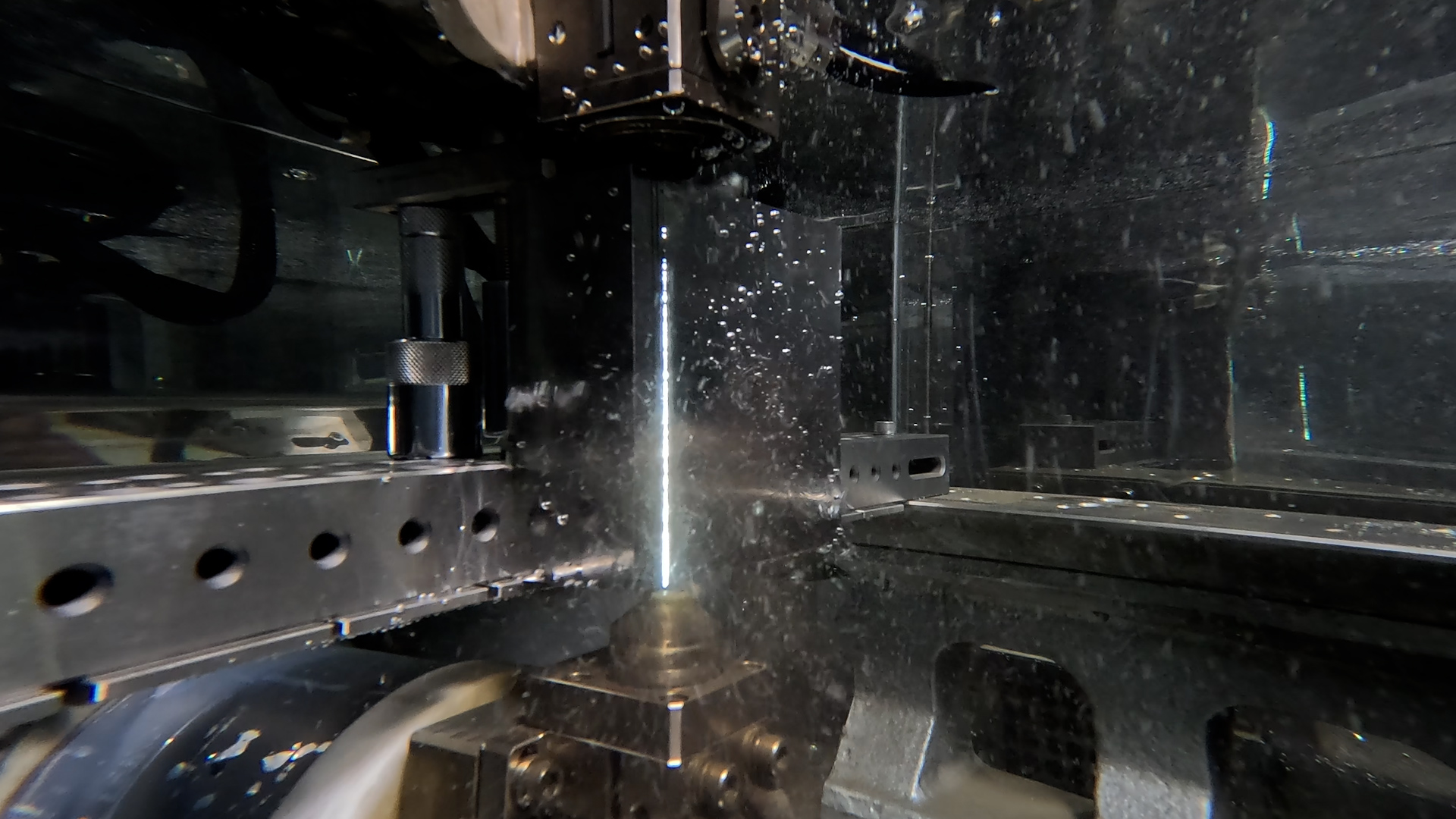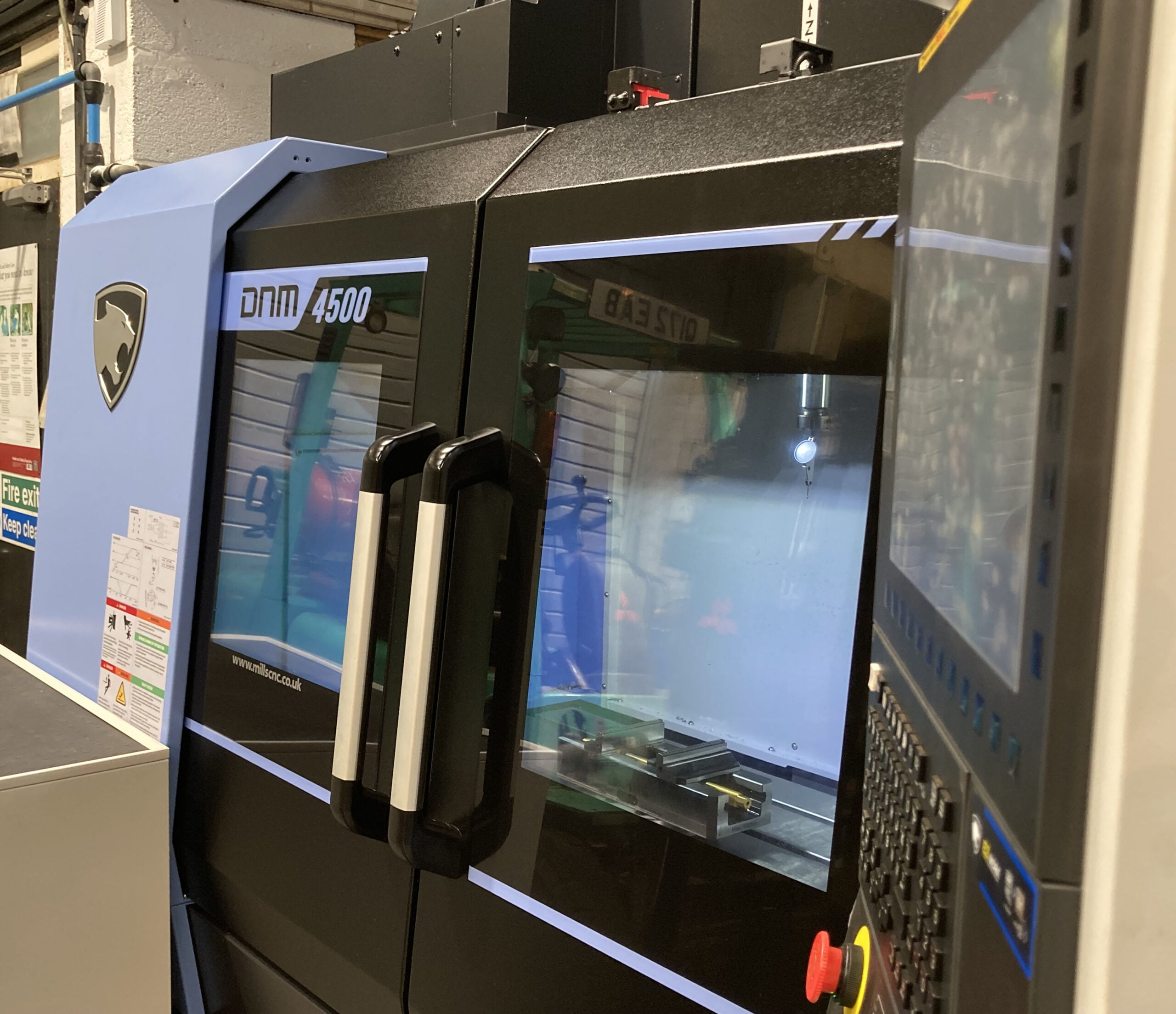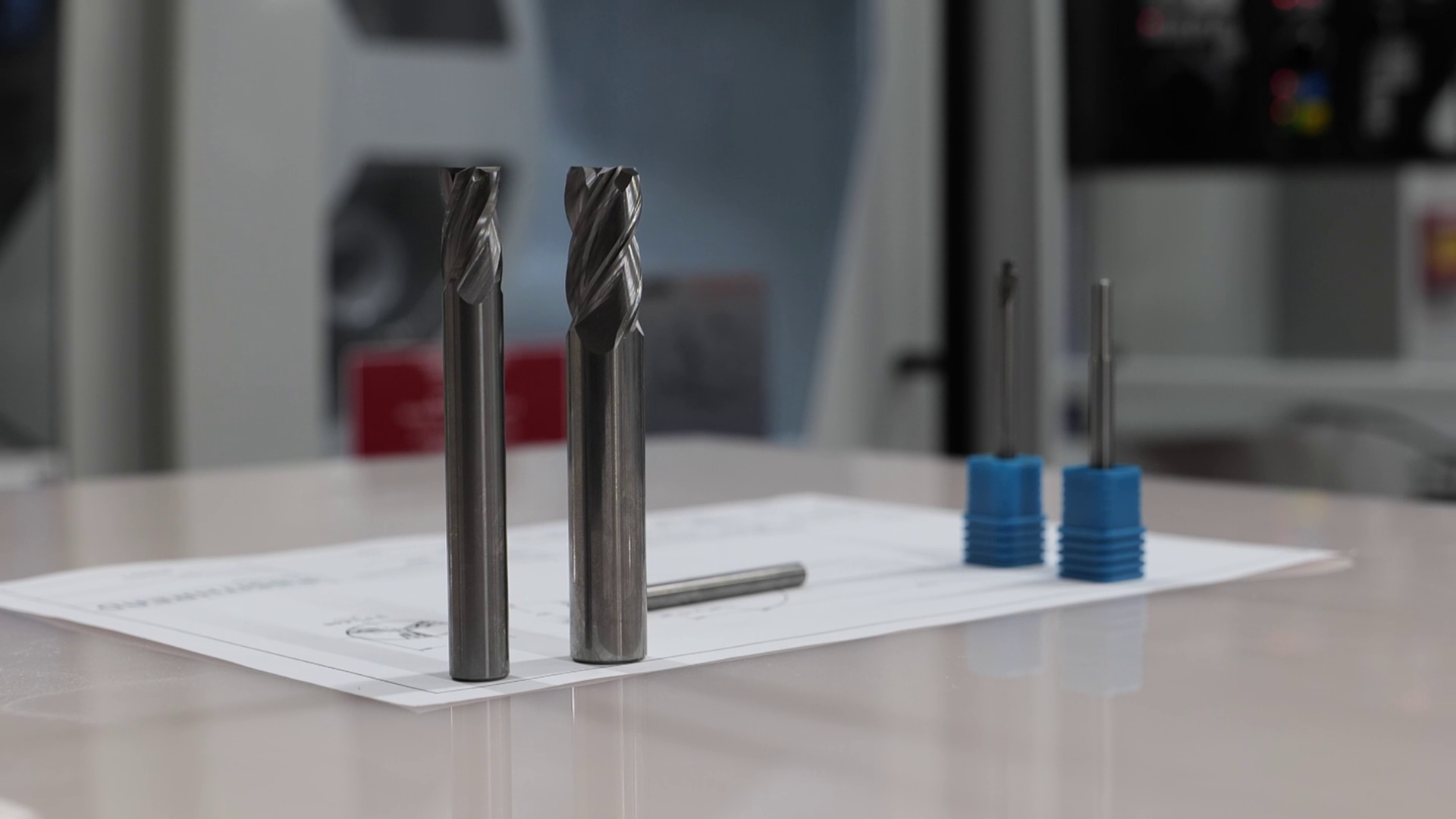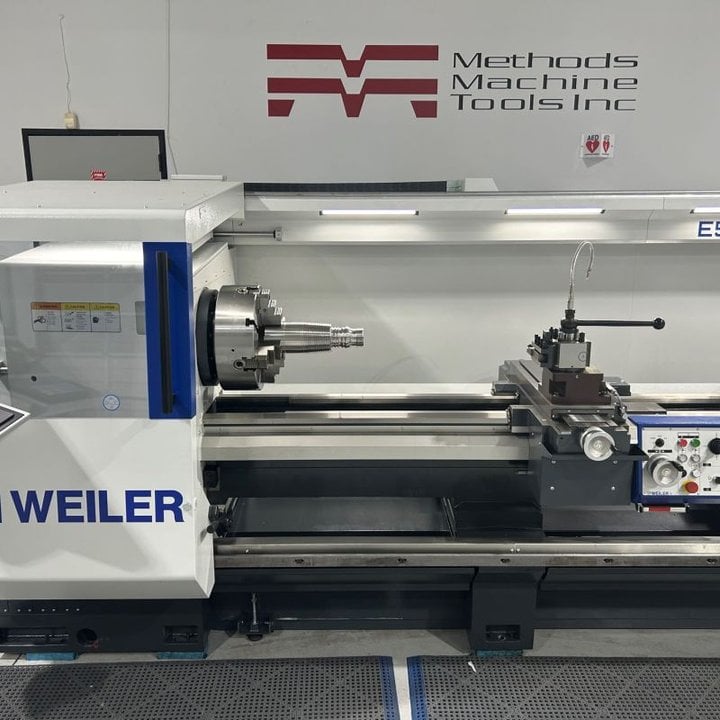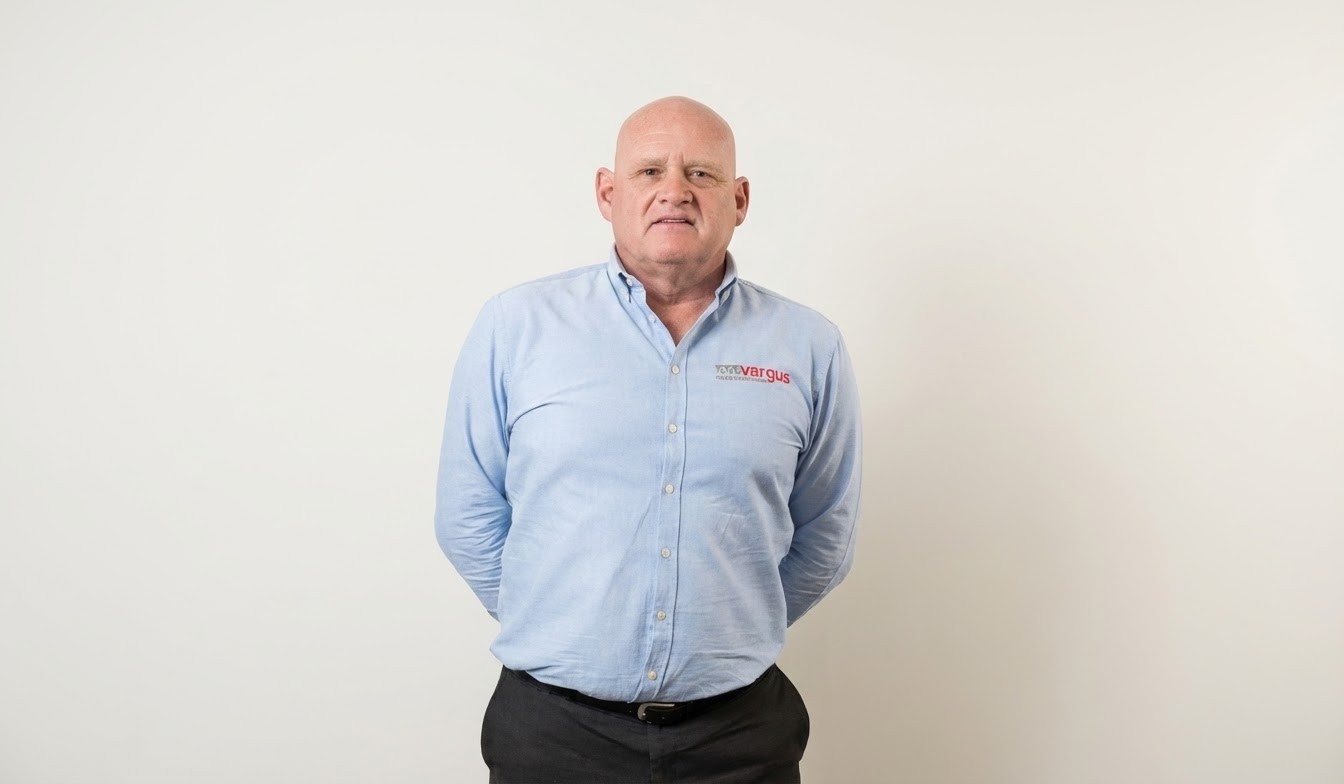
🎧Paris mood reflects defence sector spending spree
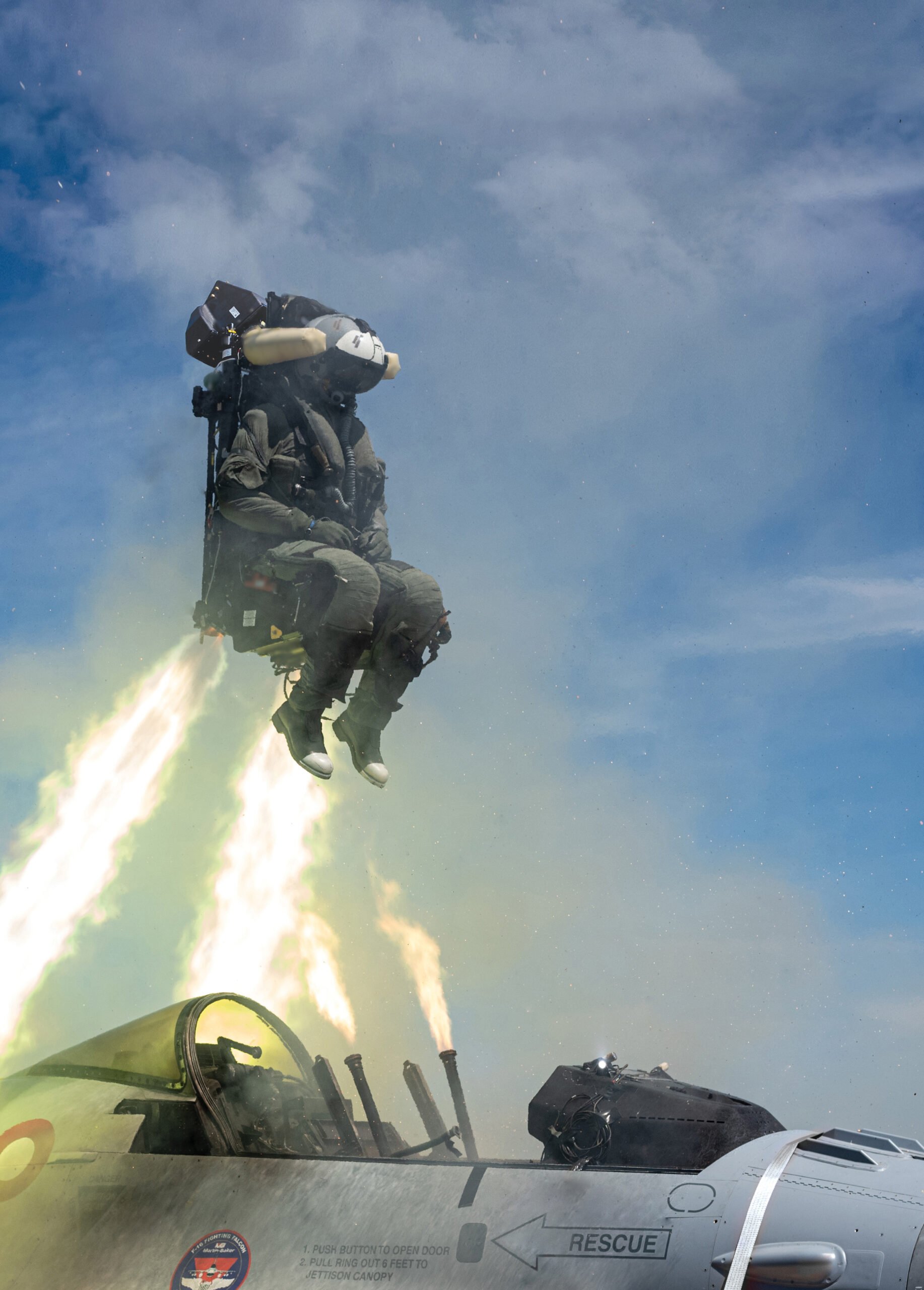
With civil aerospace primes targeting production rates of 75 per month by 2027, and NATO members increasing defence spending to over 2.5% of GDP, business is brisk in the aircraft and defence sectors. The Paris Air Show in June showcased several UK companies that are investing during strong business conditions, says Will Stirling.
Bathed in blazing sunshine, Paris Le Bourget Airport hosted the 55th Paris International Air Show from 16 to 22 June. A large UK pavilion featuring over 50 exhibitors joined thousands more. Aerospace is on the rise – the aerospace, defence, security, and space sectors contributed £42.2bn to the UK economy last year, marking a 10.4% increase from 2023. Defence is also poised for significant growth: Britain’s defence spending will increase to 2.5% of GDP by 2027, up from approximately 2.3% in 2024, representing an additional £6bn per year. Furthermore, the government aims to elevate spending to 3% of GDP, potentially adding a staggering £20bn annually on top of the 2.5% baseline by 2030.
A large fraction – likely over £20bn annually by 2030 – will be allocated specifically to equipment and weapons programmes such as missiles, submarines, nuclear infrastructure, drones, tanks, and factory expansion.
ADS, the aerospace, defence and security industries business group, hosted nearly 100 companies at this year’s Paris Air Show, predominantly manufacturing firms that produce everything from machined components, roll forming and composite structures to avionics and AI-powered digital engineering. MTD examines some of the exhibitors’ news.
Faster composite production for wing tips
iCOMAT is a Gloucester-based advanced manufacturing company that has developed an automated composite production process, the Rapid Tow Shearing (RTS) process. Working for aerospace primes and defence customers, the RTS, which enables defect-free fibre steering for composites, is helping to advance new lightweight, high-performance structures.
The company is one of several innovative SMEs working with GKN Aerospace on a new £12m R&D programme to develop and demonstrate next-generation composite wing and flap structures, called ASPIRE – Advanced Structural Product Integrated Airframe. The project will deliver three full-scale composite wingtip variants for structural testing to ultimate load, allowing the consortium to validate new technologies in highly relevant test conditions. Each wingtip variant will represent a different structural philosophy and technology set. Variant one is a bonded assembly with multiple parts, aligned with GKN Aerospace’s design approach.
It will validate the manufacture of three wingtip variants. The ASPIRE consortium includes Carbon ThreeSixty, iCOMAT, Lineat, Pentaxia, and the University of Bath, with support from agency Axillium and co-funding from the Aerospace Technology Institute.
ASPIRE will also develop an optimised composite flap. The flap demonstration will feature a pre-preg manufacturing approach with RTS skins provided by iCOMAT, tailored fibre-placed brackets from Carbon ThreeSixty, low-energy out-of-autoclave curing moulds, and press-cured ribs. A key programme milestone will be achieving TRL6, Technology Readiness Level 6, for the press-curing of composite ribs. “ASPIRE is a perfect example of the power of UK collaboration to drive aerospace innovation,” said John Pritchard, president for civil airframe at GKN Aerospace. “By bringing together specialist SMEs, academic expertise, and GKN Aerospace’s industrial leadership, this programme will accelerate the development of high-rate, sustainable composite wing technologies.”
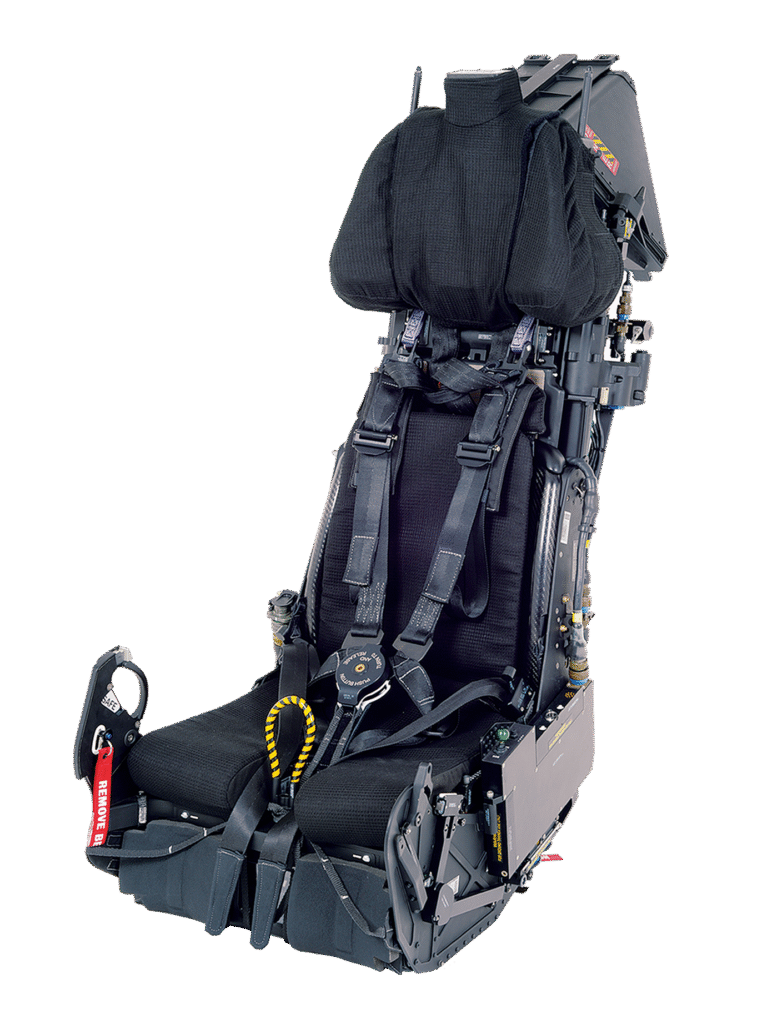
Martin Baker
For nearly 80 years, Martin Baker has designed, manufactured and fine-tuned ejector seats in the UK in Denham, Middlesex, and at locations globally. In that time, these devices have saved more than 7,700 aircrew members’ lives from over 90 air forces. The seats are fitted to programmes including the F-35 Lightning II, Eurofighter Typhoon, F-16 (some versions) and BAE Systems Hawk.
At Paris, the company showcased the flagship US16E ejection seat. The Lockheed Martin F-35 Lightning II aircraft is the company’s biggest programme, and the US16E seat equips all variants of the F-35. More than 1,500 US16E seats have been delivered for 12 international F-35 operators; the US16E has saved the lives of 10 aircrew to date.
The US16E seat became the genesis for the new Mk18 ejection seat range, with improved ejection performance, reducing the risk of ejection and minimising life cycle costs. The new technology has allowed safe ejection for aircrew with nude weights as low as 46.7Kg (103lbs) and ejection up to speeds as high as 600Kts for aircrew wearing Helmet Mounted Displays, a common peripheral in modern combat operations.
Martin-Baker is offering the Mk18 seat range to all the new aircraft trainer and fighter aircraft programmes. The company has doubled its headcount in the last 10 years, and 28 apprentices are enrolled across the business.
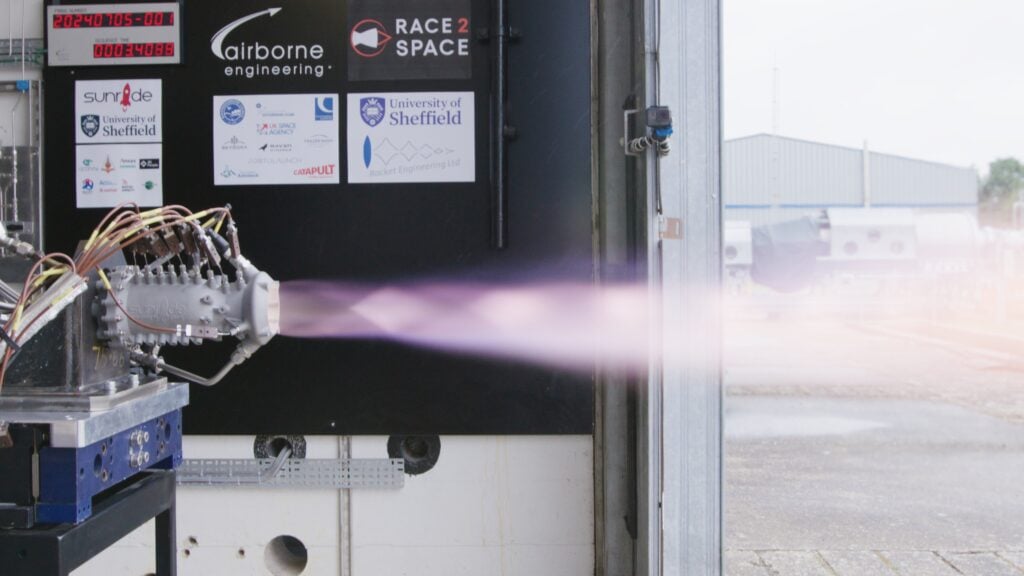
Complex aerospace systems need AI
As aviation becomes more deeply sophisticated and data-reliant, data analytics companies must coordinate. Aerospace engineering companies are prolific users of simulation software to test component performance in different scenarios. AI (artificial intelligence) means you can explore designs 1,000x faster than physics-based simulation, according to Altair Engineering, which was acquired by Siemens in March.
In Paris, Altair demonstrated how its solutions are helping the aerospace sector from concept through production to in-flight performance. It applies AI to combine several powerful technologies: digital engineering, smart factories, certification by analysis, digital maintenance, repair and overhaul, and digital twins.
“AI, data, and connectivity are no longer future concepts — they are today’s competitive advantages,” said Dr. Pietro Cervellera, senior vice president of aerospace and defence, Altair. “Our technologies are helping the aerospace industry achieve next-level performance, sustainability, and innovation breakthroughs.”
Demonstrations showed how engineers can reduce design cycles, optimize structures for weight and strength, and improve aircraft performance using intelligent, AI-assisted modelling tools. Beyond the marketing, however, the use of AI in simulation has an essential role in democratising engineering. These solutions empower government agencies and startups to deliver advanced programmes quickly. The Altair Aerospace Startup Acceleration Program gives young companies enterprise-grade tools to bring novel technologies to market faster. Altair has recently partnered with the Campania Aerospace District in Italy to provide over 150 SMEs and startups with access to AI simulation tools, empowering them to work at the same technological level as OEMs and tier-one suppliers.
Rocket science inspires students to manufacture
The continued growth of the aerospace, defence, and security sectors requires a skilled talent pipeline. ADS also supports Race2Space, a multi-university and company initiative that engages young people in designing and building rockets and space systems.
Announced at Paris, Carrie Waters, 18, a first-year physics student at Durham University, has spent the past year helping to build a powerful, 600kg thrust liquid-fuel rocket engine. She is a member of Durham University Spaceflight, a student-run rocket launching team competing in this year’s Race2Space.
In July, the team will ‘hot fire’ their engine at the Westcott Space Cluster during the final stage of the competition. In this crucial test, the engine will be securely mounted and ignited horizontally while connected to pressurised fuel systems. The engine must demonstrate its ability to perform under extreme conditions—delivering the correct thrust, flow rates, and structural integrity—before being launched as part of a future rocket. It’s like Heinz Wolff’s The Great Egg Race on Rocket Fuel.
“I’m really excited, I’ve never done anything like this before,” said Carrie. “I can’t wait to see whether what we’ve designed and built actually works. It’s very daunting. I’ve had a great time working with the team and learnt so much.” Carrie believes that initiatives like Race2Space are vital for helping students from all backgrounds turn academic learning into career opportunities. She hopes to one day work for organisations like Skyrora or the European Space Agency, contributing to rocket and satellite missions.

